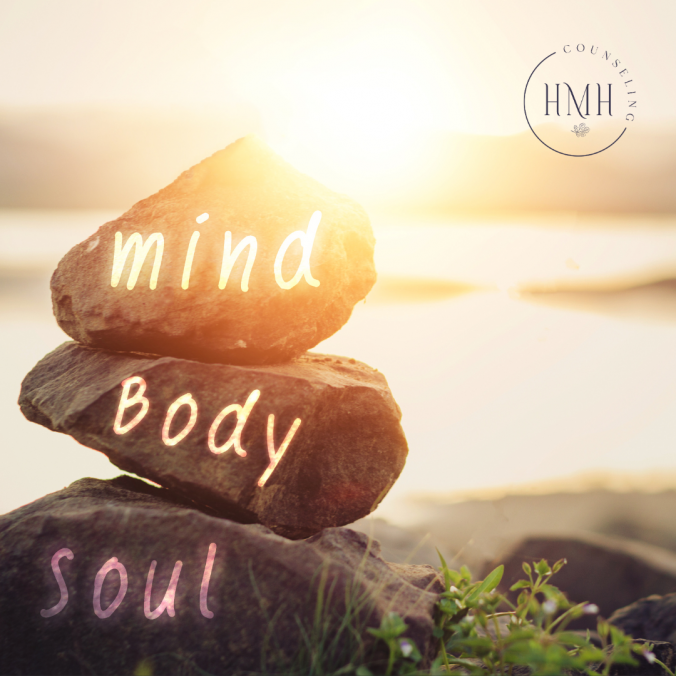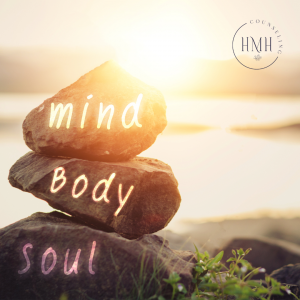August 7 • Written by Jennifer Sierra, LMHC
As the summer days begin to wane and the leaves start to change color, a new chapter awaits on the horizon – the beginning of a new school year. The excitement of fresh beginnings, reuniting with friends, and embarking on new adventures can be invigorating. However, it’s all too easy to fall into the trap of an overzealous long to-do list of tasks and aspirations that might be more overwhelming than inspiring. In this blog post, we’ll explore how to transition into the new school year with grace and balance, steering clear of the perfectionist pitfalls often accompanying the back-to-school season. Research has shown that high levels of stress during the back-to-school transition can have negative effects on both academic performance and mental health, making it important for parents and students to prioritize self-care and stress management techniques during this time. Self-care practices can improve mental health.
1. Prioritizing Your Time
Before plunging headfirst into the overwhelming list of tasks, take a step back and assess what is essential and what can be set aside. Let’s be honest, we’ve all been there. If you haven’t managed to tackle the closet deep-cleaning mission over the past year, right before the school year might not be the best time to start. Setting unattainable goals can lead to burnout and disappointment. Instead, focus on a few key tasks that will genuinely enhance your transition. Prioritize items that will have a meaningful impact on your life and ease your transition, such as organizing school supplies, creating a study schedule, or setting up a dedicated workspace. First create a schedule: Make a list of all the tasks that must be completed before the school year starts. Then, create a schedule that prioritizes these tasks based on their importance and deadline. This will help you stay organized and make sure you remember everything necessary.
2. Declutter with Purpose
While the idea of cleaning out all of the closets might seem appealing, it’s helpful to approach decluttering with purpose. Instead of attempting to tackle your entire living space, choose one area that will significantly affect your daily life – whether it’s your study area, bedroom, or living room. Donate, discard, or organize items that no longer serve you, creating a fresh and inspiring space where you and your family can thrive during the upcoming school year. When decluttering, try to consider the purpose and value of each item. You can ask yourself if an item serves a practical purpose or brings you joy. If not, it may be time to let go of it. This can help you prioritize what to keep and what to discard. Once you have decluttered your space, you can move on to crafting a back-to-school routine.
3. Craft a Realistic Back-to-School Routine
Crafting a routine that aligns with your personal needs and responsibilities is crucial. Establish a routine that allows for a healthy balance between academic pursuits, social interactions, and self-care. Having a consistent morning routine can help children feel more organized and prepared for the day ahead. One way to accomplish this is by having a solid morning routine. This can include waking up at the same time every day, eating a healthy breakfast, and getting dressed for the day. A consistent routine can help children feel more organized and prepared for the day ahead. When establishing your routine, make sure to leave room for prioritizing self-care.

4. Prioritize Self-Care
Transitioning into a new school year can be demanding. Still, it’s essential to prioritize self-care amidst the hustle and bustle. Set aside time for activities that rejuvenate your mind and body, whether it’s reading, exercising, practicing mindfulness, or spending quality time with loved ones. A well-nourished and rested individual is better equipped to navigate the challenges of the academic year. Establishing a healthy meal routine is a great way to prioritize self-care for the entire family. Parents can plan and prepare healthy meals and snacks in advance to ensure their children get the necessary nutrients to fuel their bodies and minds. This can also help reduce stress and save time during busy school days. Meal planning should be tailored to your realistic capabilities and preferences.
5. Emphasizing Meaningful Moments
Amid the chaos, it’s important to remember what truly matters: spending quality time with your loved ones and creating lasting memories. Include meaningful activities in your transition plan instead of focusing solely on completing tasks. Consider starting a new tradition that is simple and something to look forward to. Gathering as a family for a meal can be a wonderful ritual. Consider dedicating time to have a heartfelt dinner with your children on the evening before school resumes. Engage them in discussions about their goals for the upcoming school year, what they are looking forward to the most, and any concerns they might have. By giving importance to these meaningful conversations and shared moments, you have the opportunity to facilitate a more seamless transition for all family members.
6. Balancing Commitments
It’s easy to become overwhelmed with the endless commitments and activities that come with the school year. However, finding a balance that works for you and your family is possible. Not everyone thrives in the same environment or has the same energy levels. For example, if planning a last-minute vacation before school starts will leave your family feeling overwhelmed and exhausted, it might be best to plan something simpler or postpone it. Take the time to assess your energy needs and those of your family members. Be mindful of your commitments and ensure that you have the necessary balance for your well-being and your family’s well-being. In addition to the emotional aspects of the transition, there are practical considerations to keep in mind. Building a buffer day before the first day of the school year can provide a much-needed opportunity for rest and relaxation for your family.
7. Keeping It Realistic and Flexible
Life is unpredictable, and plans may need to change. Give yourself the flexibility to pivot and adapt when unexpected circumstances arise. It’s okay to let go of extracurricular activities or adjust your schedule when necessary. Avoid pressuring yourself to accomplish everything on a perfect checklist. Focus on living in the moment and appreciating your life as it is.
8. Know that you are appreciated
Lastly, a special message of appreciation goes out to all the parents who are doing their best, striving to get things done. Recognize that you are valued. Give yourself credit for all your hard work, and remember that as long as you do your best, that is enough.
Conclusion
As the new school year approaches, it’s natural to feel a surge of motivation and excitement or possibly even dread and anxiety. However, approaching it from a balanced perspective can have a positive impact. Instead of succumbing to the allure of an overzealous to-do list, focus on setting realistic goals, decluttering with purpose, crafting a personalized routine, prioritizing self-care, meaningful moments, and doing your best given your circumstances. By embracing balance and mindful planning, you can embark on this new chapter with confidence and enthusiasm, ready to make the most of the opportunities that lie ahead and enjoy the ride along the way.








